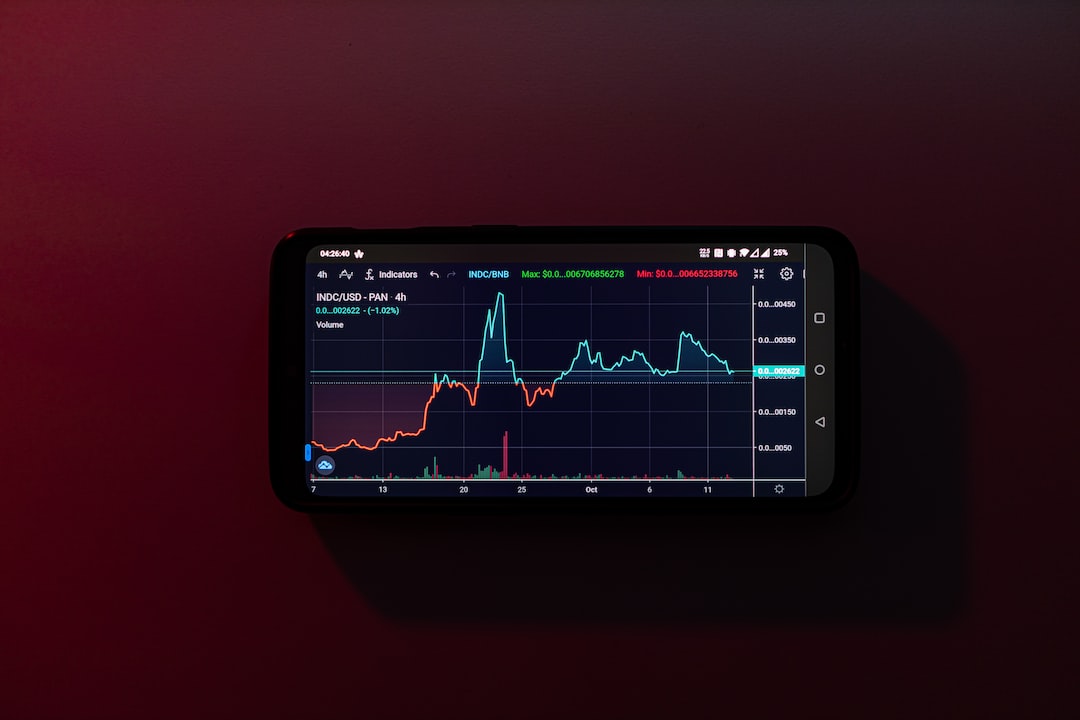Proof-of-Work (PoW) vs. Proof-of-Stake (PoS) in Cryptocurrency
In 2009, Bitcoin introduced Proof-of-Work (PoW), a consensus mechanism that requires miners to compete in order to add new blocks to the blockchain. This process involves expending significant computational power to validate transactions and the first miner to discover a block is rewarded with newly minted cryptocurrency. While PoW ensures decentralized consensus, it has been criticized for its high energy consumption.
On the other hand, Proof-of-Stake (PoS), first conceptualized in 2011, operates differently. Instead of miners, PoS networks have validators who lock up their coins to participate in transaction validation. The idea behind PoS is that staking coins aligns incentives between token holders and the network, and some versions randomly select validators to propose new blocks.
Comparing PoW and PoS and the Future of Consensus Mechanisms
PoS advocates argue that this approach is less computationally expensive compared to PoW. However, PoS networks are considered vulnerable to various attacks such as censorship, manipulation by large coin holders, Sybil attacks, and the nothing-at-stake attack.
While Peercoin was the first implementation of PoS, Ethereum made a significant transition from PoW to PoS last year with “The Merge.” Currently, among the top ten cryptocurrencies, only two – Bitcoin and Dogecoin – rely on PoW.
Some PoS networks like Cardano and Solana were launched with staking capabilities built-in, while others like Polkadot use unique hybrid models. Proponents of PoW argue that it offers more decentralization and security due to higher barriers to entry for miners.
The debate over which consensus mechanism is superior continues, but it is evident that both PoW and PoS will coexist as the crypto industry disrupts traditional financial and technological systems. The competition between these mechanisms will drive innovation and shape the future of digital assets.
Hot Take: The Evolution of Consensus Mechanisms
The choice between PoW and PoS in cryptocurrency has been a subject of heated debate. While PoW has established itself as the dominant mechanism, the rise of PoS networks like Ethereum suggests a shift towards more energy-efficient and scalable alternatives.
Hybrid models that combine the strengths of both mechanisms offer potential solutions to the ongoing debate. As the crypto landscape continues to evolve, it is crucial to explore innovative consensus mechanisms that address scalability, security, and sustainability concerns.





 By
By
 By
By
 By
By
 By
By

 By
By